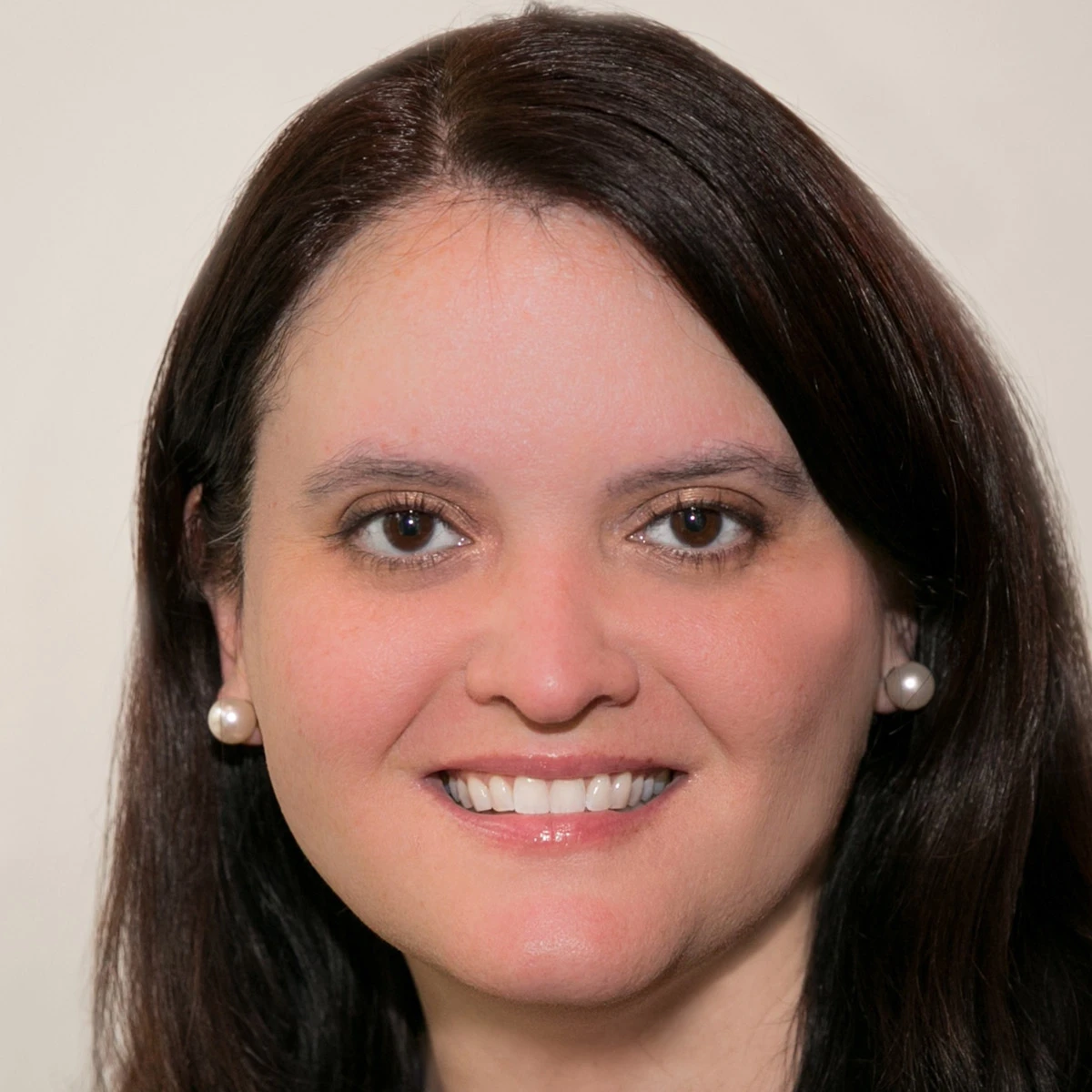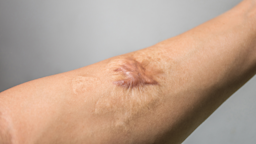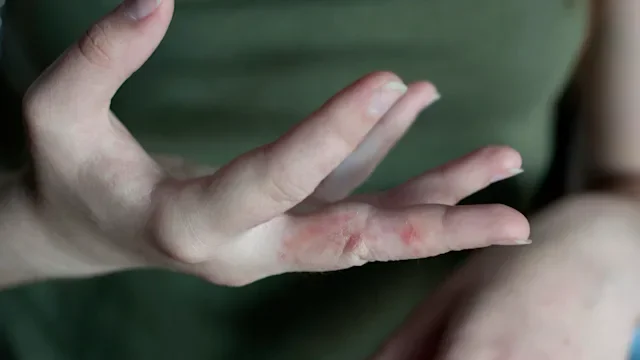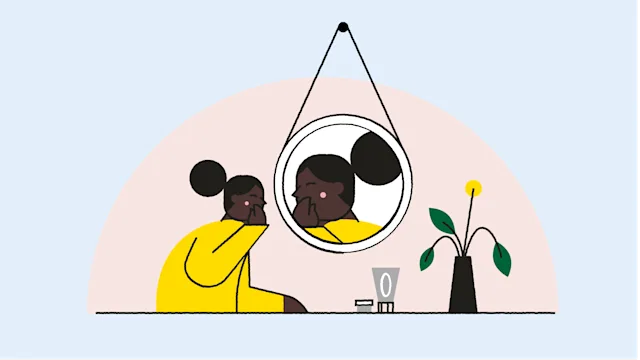Key takeaways:
A keloid is a type of scar that forms as a wound heals.
Keloids aren’t dangerous, but they can be bothersome and affect your self-esteem.
There’s no way to prevent keloids from forming, but there are treatments that can help minimize their size and appearance.
Save on related medications
Keloids have been distressing people for millennia. In fact, they were first described by people in ancient Egypt. Well into the 19th century, healthcare professionals confessed to feeling helpless when trying to treat them. But nowadays, there are many options to help minimize keloid size and appearance.
What are keloids?
Keloids are growths of skin tissue that can naturally happen when the skin heals from a wound. In other words, they’re a type of scar. They’re not dangerous. But the look of keloids can be upsetting for some, especially if they’re very large or in a delicate area like the face or the ears.
Depending on where your keloid is, it may disturb how your skin moves, making it hard to do things like stretch or bend. Keloids can also be painful and itchy.
Search and compare options
Keloids can occur anywhere on the body, but they’re more likely to form on the:
Arms
Chest
Shoulders
Head
Ear lobes
Keloids don’t usually form on the palms, soles, eyelids, or genitals. If you have an unusual scar in one of these areas, visit a dermatologist or another healthcare professional.
What do keloids look like?
Unlike other scars, keloids go beyond the borders of the original injury. This means that they can grow quite large. Keloids may change over time as they grow. But here are some general features of what keloids look and feel like:
Raised above the level of the skin
Have a smooth surface
Can be round if they’re on the earlobe
Firm and rubbery, or soft and doughy to the touch
Red, pink, or purple in color, and can darken over time
Sometimes itchy and painful
Keloid pictures
Here are some pictures of keloids in different skin tones to help you see what they look like.




What causes keloids?
Keloids most often form on scars from surgery. But keloids can also form as skin heals from:
Treatments for scars: Keloids can form from even minor injuries. Learn more about how to prevent and treat scars.
Acne scars: Acne can lead to lasting changes to your skin. Read about the different types of acne scars and treatments.
How wounds heal: You can take care of many cuts and scrapes at home. But how do you know if your wound is healing OK or is infected? Here’s what to look for.
A keloid forms slowly and can grow over a period of months or years as a wound heals. But most keloids will start to show up within a year. If a regular scar has already developed, it won’t turn into a keloid.
Why do keloids form?
Scientists aren’t exactly sure why keloids form. As a wound heals, the body normally makes a scar by laying down collagen and new skin tissue.
Experts believe that, in some people, tiny substances normally made inside a wound to direct the healing process get overactivated. This leads to the production of too much collagen and tissue, which forms a keloid.
Read more like this
Explore these related articles, suggested for readers like you.
Some people are more likely to form keloids than others, especially those who:
Already have keloids
Have family members who form keloids
Have darker skin
Younger people are more likely to form keloids, but keloids can affect people of all ages.
Do keloids go away on their own?
Keloids rarely disappear on their own. They may flatten and soften over time, but they don’t usually go away completely. For some people, these natural changes are enough to make keloids look less noticeable. But the skin never looks the same as before.
How do you get rid of keloids?
There are a handful of different ways to treat keloids, including:
Surgery
Medications
Silicone dressing sheets
Laser therapy, as well as surgery
Treatments might not remove the keloid completely, but they can make the keloid smaller and less noticeable. Studies show that using a combination of these options works better than using just one. Success rates vary from study to study, so there’s no set recipe for success. You can work with a dermatologist or another healthcare professional to figure out which options will be best for you.
Keloid removal surgery
A dermatologist can remove a keloid with a surgical procedure. But many times the keloid will grow back unless you use additional therapy. Therapies that can help prevent a keloid from growing back after surgery include medication injections, silicone gel sheeting, and other medical procedures (see below).
Medical procedures
Medical procedures to treat keloids include:
Cryotherapy (freezing): A healthcare professional applies a liquid nitrogen spray to freeze the keloid scar. This can lessen the size of the keloid and make it softer. Usually, multiple cryotherapy treatments are needed to get the best results.
Laser therapy: A specialized beam of light can help lessen the height and color of a keloid.
Radiation therapy: Treatments with radiation used to be very common for keloids. But it can damage your skin, leading to peeling, itchiness, and unwanted changes in skin color. Superficial radiation therapy is a newer approach that reduces some of the risks of excess radiation.
These therapies are combined either with surgery, medication, or silicone gel sheeting.
If you have a wound from a burn or surgery, a healthcare professional can apply a dressing made of silicone gel — a process called “silicone gel sheeting.” This might not keep a keloid from forming, but it can decrease the size of it. The dressing helps by keeping the wound moist and limiting skin stretching.
Keloid medications, including injections and creams
There are several medications that can be used to treat keloids. These medications are either injected into keloids to shrink them or applied directly on the keloid.
Common medications for keloids include:
These medications can be used alone or combined with other options to treat keloids.
Can you prevent a keloid from developing?
The only way to truly prevent a keloid is to keep from being injured, and that’s just not possible in daily life. But there are some things you can do to lower your risk of developing keloids. Properly caring for a cut, burn, or skin injury can go a long way.
Here are some tips to care for minor skin injuries:
Wash your hands. Make sure to wash your hands before you touch the injury. This helps prevent germs from getting into the wound when you clean it.
Clean the wound. Use cool or barely warm water to gently clean the injured area. But avoid scrubbing, as this can lead to more damage and scarring.
Bandage the wound, and keep it moist. Moisture will help your wound heal faster. So combining a sterile bandage with petroleum jelly will help healing. Keep the wound clean, and change the dressing at least every day.
Use sun protection. After the wound has healed, do your best to protect the injured area from the sun. You can cover it with clothing or apply daily sunscreen.
You can’t avoid all injuries. But you might want to avoid anything that can pierce the skin, like:
Elective or cosmetic surgeries
Piercings
And if you do get a tattoo, piercing, or surgery, make sure to follow the instructions to care for your skin after the procedure.
Are there home remedies or natural ways to treat keloids?
There aren’t many natural remedies for keloids that have been proven to work. An over-the-counter (OTC) medicine made of onion extract called Allium cepa works well for some people. Like other treatments for keloids, it works best when used with other therapies.
Castor oil for keloids is another popular natural method to try. Although no studies show that it works, it’s a low-risk treatment to try.
Frequently asked questions
Keloids aren’t a sign or symptom of cancer. But if you’re worried about skin cancer, make sure to schedule an appointment with a dermatologist.
No, there’s no evidence to suggest that antibiotics cause keloids. In general, medications aren’t a cause of keloids.
Keloids aren’t a sign or symptom of cancer. But if you’re worried about skin cancer, make sure to schedule an appointment with a dermatologist.
No, there’s no evidence to suggest that antibiotics cause keloids. In general, medications aren’t a cause of keloids.
The bottom line
Keloids are a type of scar. While not dangerous, keloids can be uncomfortable and make some people feel self-conscious. Fortunately, keloids are a major area of medical research, and new therapies are constantly being developed. Keloids can be treated with surgery, medications, dressings, and other medical treatments.

Why trust our experts?



Images used with permission from VisualDx (www.visualdx.com).
References
American Academy of Dermatology Association. (2022). How to treat minor cuts.
Berman, B., et al. (2017). Keloids and hypertrophic scars: Pathophysiology, classification, and treatment. Dermatologic Surgery.
Betarbet, U., et al. (2020). Keloids: A review of etiology, prevention, and treatment. The Journal of Clinical and Aesthetic Dermatology.
Carswell, L., et al. (2023). Hypertrophic scarring keloids. StatPearls.
Ekstein, S. F., et al. (2020). Keloids: A review of therapeutic management. International Journal of Dermatology.
Hsu, K., et al. (2017). Review of silicone gel sheeting and silicone gel for the prevention of hypertrophic scars and keloids. Wounds.
Kim, W. I., et al. (2020). The efficacy of bleomycin for treating keloid and hypertrophic scar: A systematic review and meta-analysis. Journal of Cosmetic Dermatology.
Li, Z., et al. (2016). Comparative effect and safety of verapamil in keloid and hypertrophic scar treatment: a meta-analysis. Therapeutics and Clinical Risk Management.
Lu, W., et al. (2015). Clinical and epidemiological analysis of keloids in Chinese patients. Archives of Dermatological Research.
Ludman, P. (2022). Keloid scars: Overview. American Academy of Dermatology Association.
Ludman, P. (2022). Keloid scars: Signs and symptoms. American Academy of Dermatology Association.
Ludman, P. (2023). Keloid scars: Self-care. American Academy of Dermatology Association.
Mari, W., et al. (2016). Novel insights on understanding of keloid scar: Article review. The Journal of the American College of Clinical Wound Specialists.
Motoki, T. H. C., et al. (2020). Keloid negatively affects body image. Burns.
Ojeh, N., et al. (2020). Keloids: Current and emerging therapies. Scars, Burns & Healing.
Smith, O. J., et al. (2014). The natural history and spontaneous resolution of keloid scars. Journal of Plastic, Reconstructive & Aesthetic Surgery.
Walsh, L. A., et al. (2023). Keloid treatments: an evidence-based systematic review of recent advances. Systematic Reviews.
Won, P., et al. (2024). The efficacy of onion extract on the prevention or treatment of scars: A systematic review. Journal of Burn Care & Research.
Zainib, M., et al. (2023). Radiation therapy in the treatment of keloids. StatPearls.

















